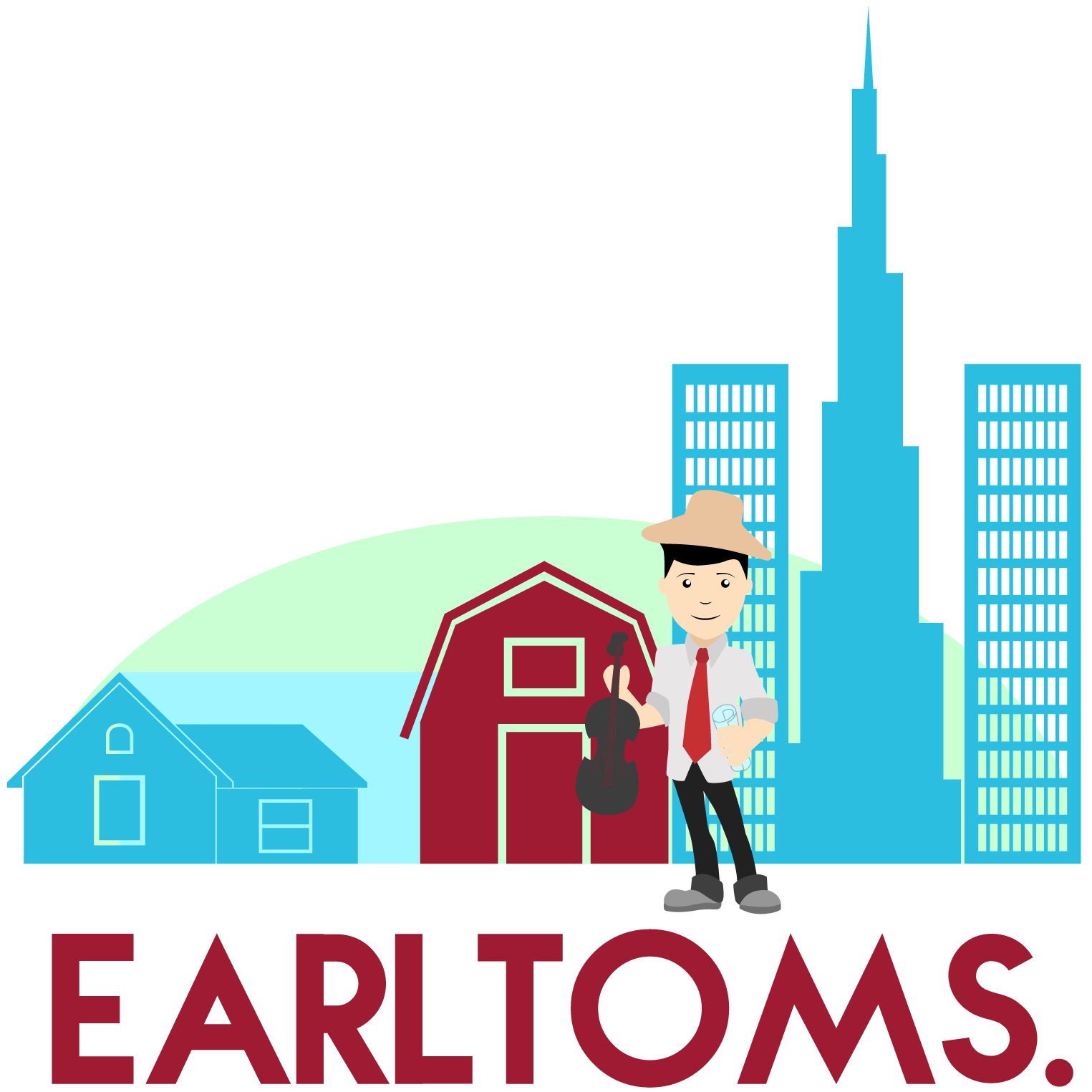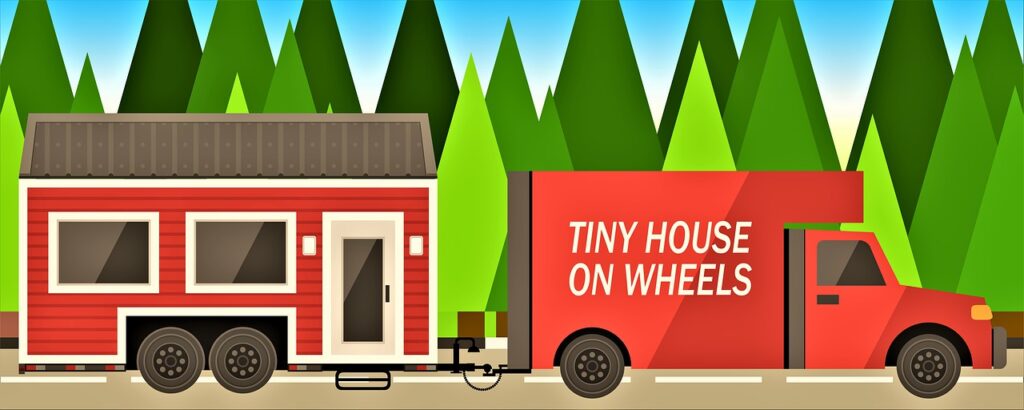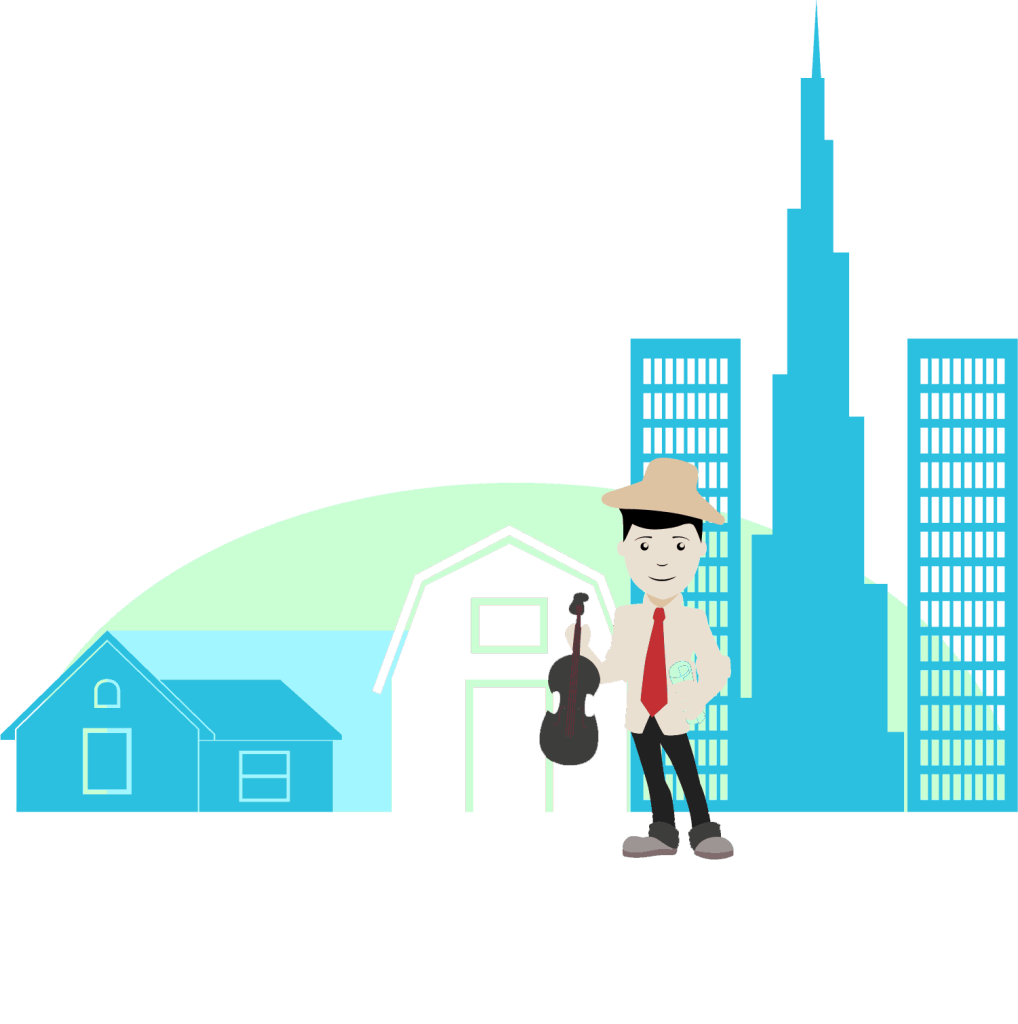The Tiny House Movement: Why Less is More for Many Homebuyers
Introduction
The Tiny House Movement is gaining traction amongst homebuyers who are looking for a more efficient, cost-effective, and space-saving living option. Tiny Houses are a great way to maximize space and resources, while still offering all the comforts of a traditional home. Homebuyers are quickly realizing that living in a Tiny House can provide the same amenities as a regular-sized home, but at a fraction of the cost.
Additionally, Tiny Houses are more energy-efficient and require less maintenance, making them a great option for those who want to live a more sustainable lifestyle. With the cost of living on the rise, Tiny Houses are becoming an increasingly attractive option for homebuyers who want to get the most out of their living space.
The Benefits of Downsizing to a Tiny Home
The tiny house movement has been gaining momentum for years, and it’s easy to see why. By downsizing to a smaller home, you can save a lot of money on the cost of your mortgage or rent. And the cost savings don’t just end there — you’ll also save on energy bills, maintenance costs, and other expenses associated with owning a larger home. Plus, with fewer possessions to take care of, you can reduce your stress levels and have more time to focus on the things that matter most.
Another benefit of living in a tiny home is that it’s much more eco-friendly than a traditional home. Tiny homes require less energy to heat and cool, and they use fewer resources overall. As such, they’re a great way to reduce your carbon footprint and help the environment. Whether you’re looking to save money or reduce your environmental impact, downsizing to a tiny home is an excellent choice.
Exploring the Tiny House Movement
The Tiny House Movement has been gaining traction in recent years, as more and more people are choosing to downsize their living space and embrace a more minimalist lifestyle. For many, this is a way to find financial freedom, while for others it is a way to live a more sustainable lifestyle. Tiny houses offer a unique opportunity to simplify your life and focus on what truly matters.
The tiny house movement is about more than just saving money, although that is definitely an attractive benefit. It is about embracing minimalism, living with less, and having the freedom to focus on experiences and relationships instead of material possessions. By cutting down on the amount of space you need to maintain, you can save time and energy that can be used to pursue your passions and hobbies. Tiny houses also offer the opportunity to live in a more sustainable way, as they require fewer resources to build and maintain.
Ultimately, the tiny house movement is about finding balance and freedom in life. By embracing minimalism and sustainability, tiny house living can provide an opportunity to achieve financial freedom and find a more meaningful way of life.
The Cost of Building a Tiny Home
The tiny house movement has been gaining traction in recent years, as more and more people are opting for the affordability, sustainability, and minimalism that a tiny home offers. While there is certainly an initial cost associated with building a tiny house, the long-term savings make it a viable option for budget-conscious homebuyers. With careful planning and research, the cost of building a tiny home can be kept to a minimum, and the return on investment can be substantial.
In addition to the financial savings, those who choose to build a tiny house are also making a commitment to sustainability. By living in a smaller space, they are consuming fewer resources and reducing their environmental footprint. For those who are serious about living a more minimalist lifestyle, a tiny house can be the perfect way to start.
Different Types of Tiny Homes
The tiny house movement is growing in popularity, and for good reason. Tiny homes offer an eco-friendly, creative, and flexible way to live. For those looking to downsize and simplify their lifestyle, tiny homes provide a unique and cost-effective solution. From traditional tiny homes to tiny cabins, RV’s and more, there are a variety of options for those looking to explore the tiny house movement.
Traditional tiny homes are typically built on a trailer and are often constructed with eco-friendly materials. These homes are designed to be mobile, and can be moved from place to place. Tiny cabins, on the other hand, are typically built on a foundation and offer more stability than their mobile counterparts. RV’s can also be a great option for those looking to explore the tiny house movement, and many offer the same amenities as traditional tiny homes.
No matter which option you choose, tiny homes offer a unique and creative way to live.
Tips for Living Comfortably in a Tiny Home
Living in a tiny home is becoming increasingly popular, and for good reason. Not only does it offer a more affordable option for aspiring homeowners, but it also encourages a lifestyle of minimalism and resourcefulness. To make the most of your tiny home, it’s important to focus on creating a cozy and comfortable environment while utilizing multi-function furniture and decor.
When it comes to decorating a tiny home, less is definitely more. Choose pieces that serve multiple purposes, such as a couch that doubles as a bed or a coffee table with storage. This will help to maximize the space and create a sense of minimalism. You can also opt for cozy touches, such as soft blankets and pillows, that will make the space feel inviting and comfortable.
By embracing minimalism and multi-function furniture, you can create a cozy and comfortable living space in your tiny home. With the right touches, you’ll be able to make the most of the limited space and enjoy the benefits of the tiny house movement.
Conclusion
In conclusion, the Tiny House Movement is an innovative way for many homebuyers to achieve their dream of homeownership while living a more sustainable lifestyle. It offers numerous benefits, including lower costs, increased mobility, and a more minimalist lifestyle. Although there are some challenges associated with living in a tiny home, such as limited space and storage, there are many tips and tricks for making the most of the space available.
With the right attitude and a bit of creativity, anyone can find a way to live comfortably in a tiny home. So, if you’re looking to downsize and simplify your life, the Tiny House Movement is definitely worth exploring.
Frequently Asked Questions
Q1: What is the Tiny House Movement?
A1: The Tiny House Movement is a social and architectural movement that encourages living in smaller homes and living a simpler lifestyle. It is a reaction to the increasing cost of housing and the environmental impact of large, energy-consuming homes.
Q2: What are the benefits of downsizing to a tiny home?
A2: Downsizing to a tiny home can provide financial benefits, such as lower costs for building and maintenance, as well as environmental benefits, such as reduced energy consumption. Additionally, living in a tiny home encourages a simpler lifestyle that can lead to more meaningful experiences and relationships.
Q3: What should homebuyers consider when exploring the Tiny House Movement?
A3: Homebuyers should consider the cost of building a tiny home, the different types of tiny homes available, and how to live comfortably in a tiny home. Additionally, they should make sure that the tiny home they choose meets all local building codes and regulations.
Q4: How much does it cost to build a tiny home?
A4: The cost of building a tiny home can vary greatly depending on the size, materials, and amenities included. Generally speaking, a basic tiny home can cost between $20,000 and $50,000, while a more luxurious tiny home can cost up to $100,000.
Q5: What are the different types of tiny homes?
A5: There are many different types of tiny homes, including traditional tiny homes on wheels, tiny homes on foundations, container homes, and yurts. Each type of tiny home has its own unique advantages and disadvantages.
Q6: What tips can homebuyers use to live comfortably in a tiny home?
A6: Homebuyers should make sure to maximize their space by utilizing creative storage solutions and multifunctional furniture. Additionally, they should take advantage of outdoor space by creating comfortable outdoor living areas.
Q7: How can homebuyers find out if a tiny home meets local building codes and regulations?
A7: Homebuyers should contact their local building department to find out if a tiny home meets local building codes and regulations. Additionally, they should consult with an experienced tiny home builder to ensure that their tiny home is built safely and to code.
Did You Know?
EarlToms would like to make an offer on your house. We pay cash so you won’t have any appraisals, home inspections, agent commissions, or closing fees typically associated with selling your house to EarlToms. If you want to sell your house, in a hassle-free way, simply fill out the form to get started.


